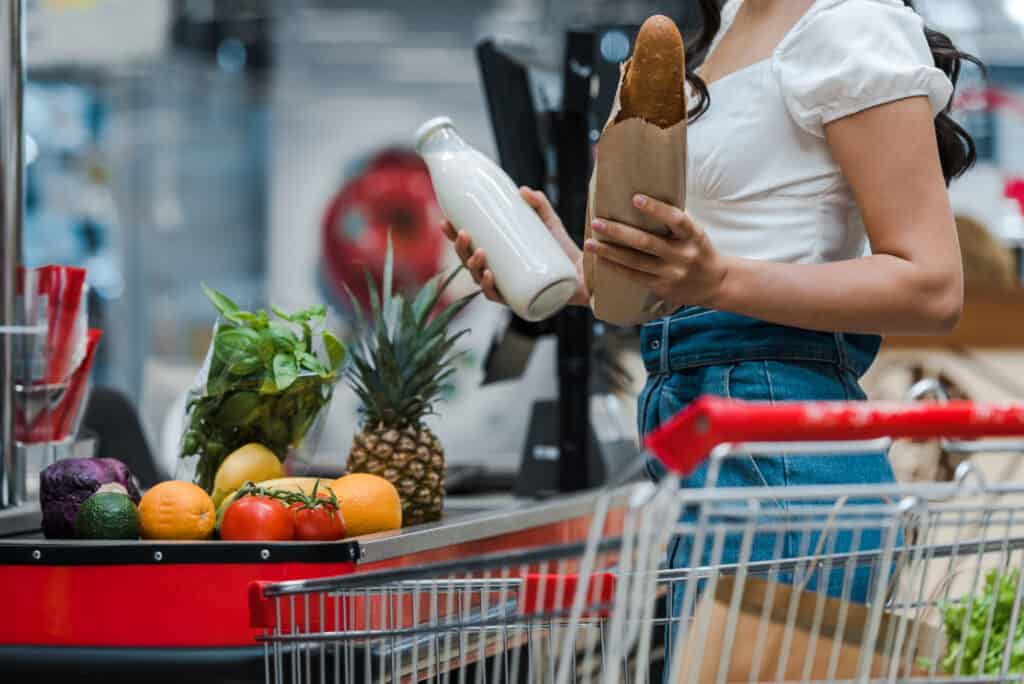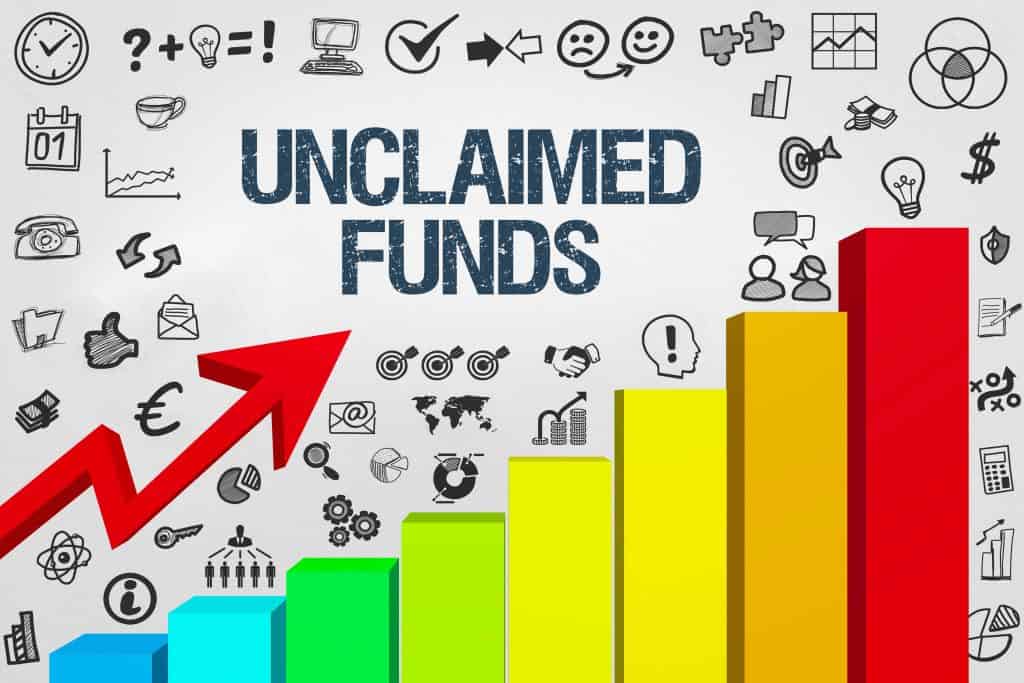If you’re struggling to manage your grocery budget, you may have wondered if there is any help you can get. If you’ve ever heard the term “food stamps,” then you have heard of a popular federal nutrition assistance program! Sometimes the answer to your financial problem isn’t to lower your budget. Instead, a better answer might be adding funds to make handling your budget easier. This is what nutrition assistance can provide you!
Electronic Benefit Transfer (EBT) cards play an important role in some food assistance programs. We’ll begin by exploring how EBT cards work. Next, we’ll discuss eligibility requirements and how to apply. If you’ve been denied these vital resources, don’t worry–we’ll outline your rights and options moving forward. Furthermore, we’ll provide a detailed list of qualifying food items as well as restrictions associated with using EBT cards.
Understanding EBT Cards
Electronic Benefit Transfer (EBT) cards act as an account and payment system for government support opportunities designed to help people benefit from nutrition programs. There are multiple nutrition assistance opportunities that utilize EBT cards to deliver assistance. For example, one, in particular, is the Supplemental Nutrition Assistance Program (SNAP). Every recipient of SNAP receives an EBT card where they manage their funds. These cards can be swiped like any other debit card at the register of participating stores. SNAP completely replaced the use of food stamps with this electronic system back in 2004.
Applying for SNAP Benefits
(SNAP) is a government program that helps low-income households afford the cost of their grocery bill. To receive an EBT card, you must apply for SNAP benefits through your state’s designated agency.
Determining Eligibility for SNAP Benefits
To be eligible for SNAP benefits, households need to meet certain requirements for income. The income requirements that are set by the federal government are detailed below. The federal agency that provides this program is the Food and Nutrition Service (FNS) of the United States Department of Agriculture (USDA).
Steps Involved in Applying for SNAP
- Gather necessary documents: Before starting your application process, gather important documents like an ID, proof of address (utility bill for example), pay stubs, or other income statements from last month.
- Contact your local agency: Contact your state’s agency that takes SNAP applications. You can find a list of agencies by state on the SNAP State Directory.
- Complete the application: Fill out your state’s SNAP application form, which may be available online or in paper format.
- Submit your application: Submit your completed application either online, by mail, fax, or in person at your local agency office.
Please note that some states might have additional requirements or steps involved during the process. Therefore, you want to make sure to follow any specific instructions provided by your local agency. Applying for SNAP can be a big step toward the help that you need! The best part is that it’s completely free.
Denied Benefits? Know Your Rights
If you are denied SNAP benefits, it is essential to know that you have rights. One of these rights is requesting a fair hearing. This is where an impartial judge reviews your case based on the evidence provided.
Requesting a Fair Hearing Following Benefit Denial
If your application for SNAP benefits is denied, do not lose hope. You can request a fair hearing within 90 days from the date of denial. To do so, follow these steps:
- Contact your state’s SNAP agency and inform them about your intention to request a fair hearing.
- Provide any information or documentation required by the agency to review your claim.
- Await further instructions regarding the fair hearing process.
Detailed information about requesting a fair hearing can be found on the official website of your state’s designated agency.
Qualifying Food Items & Restrictions with SNAP
Now that we’ve discussed the application process, let’s go over what happens after. For example, let’s say you’ve been approved for SNAP benefits, received your EBT card and are now gearing up for some shopping. You can’t just walk into any store and buy whatever you want! That’s why you should know of the eligible and ineligible foods items.
A List of Eligible Food Items
The Supplemental Nutrition Assistance Program (SNAP) allows you to buy various nutritious food items using your EBT card. Here’s a general list of some eligible items:
- Fruits and vegetables
- Bread and cereals: whole grain bread, rice, pasta
- Dairy products: milk, cheese, yogurt
- Meats: beef, poultry, fish, pork, lamb
- Eggs and frozen foods
- Water, juice, and soda
- Snack foods: chips, crackers, cookies
Restrictions on Using EBT Cards for Certain Products
SNAP offers a wide variety of eligible food items, however, EBT cards cannot be used to purchase certain items. A list of items that cannot be purchased using SNAP funds include:
- Ineligible Foods: Hot prepared foods, pets’ food, vitamins, and supplements.
- Non-food Items: Household supplies, cleaning products, paper goods, and personal care items
- Tobacco & Alcohol: Cigarettes, cigars, chewing tobacco, or any alcoholic beverages
It’s important to keep these restrictions in mind when shopping with your EBT card. By understanding the eligible food items and limitations, you won’t run into any problems when using your SNAP benefits.
Conclusion
In conclusion, EBT cards benefit low-income individuals and households who need assistance in purchasing food. This is because they make it easy for recipients of the nutrition assistance program, SNAP, to manage and spend their benefits. Households that are approved for SNAP can use their monthly funds to buy a variety of foods. Some food items include vegetables, meat, and dairy products. Unfortunately, EBT cards can’t be used to purchase certain items. Items that don’t qualify include alcoholic beverages and personal hygiene products. In addition to that, EBT isn’t accepted as a form of payment at every store.
In order to make the most of SNAP benefits, it is essential to understand how EBT cards are used. If you’re interested in benefiting from SNAP, you can go online to learn more about how to begin the application process. Nutrition assistance can make a huge impact on your life if you’re in need of help with groceries. With this, you don’t want to wait to get started if you think this program is right for you!


